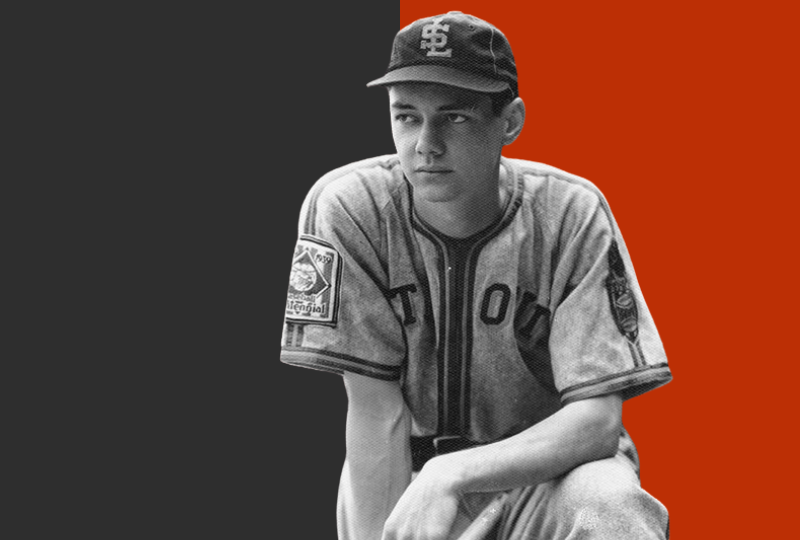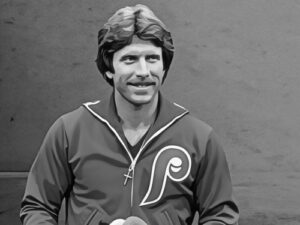Harlond Clift’s family moved from dusty Oklahoma to leafy Washington when he was a kid, his grandfather purchased an orchard. Working in the orchard, tossing away the bad apples, helped Harlond develop a strong throwing arm. When he was 21, Clift was invited to spring training by the St. Louis Browns and earned a spot on the team as the starting third baseman. He spent the next decade with the lowly Browns, hitting as many as 34 homers and topping 100 bases on balls six times.
Of the third basemen who were standouts in baseball history for a stretch of time, Clift may be the most unrecognized. But, for about ten seasons, toiling at the bottom of the American League standings, Clift was a valuable player, with no glaring weakness.
Clift hit as many as 34 home runs in a season. He topped 100 RBI twice, and scored at least 100 runs in seven seasons. He had at least 100 walks in a season six times. Twice, in 1936 and 1937, Clift had a 300/400/500 slash line. He had a .493 slugging percentage and .414 on-base percentage from 1935 to 1939, when he was in his prime. He had three seasons of 6 WAR: he was only the third player to call third base his position to have three such seasons, following Bill Bradley and Home Run Baker.
In his 12-year career, Clift played for seven different managers, starting with Rogers Hornsby, who liked Harlond’s approach at the plate. He got used to losing: he played on only three winning teams, the last one in 1945 as the war came to an end. That season he played for the Senators, who spent the summer hunting the Tigers. The Sens spent only one day in first place, still they were only one game back on the last weekend of the season when they traveled to Philadelphia to take on the Athletics. By this time, Clift was 32 years old, his best days were behind him, and he was only in the lineup because so many players were off in the war. With about a week to go in the season he was hit in the head by a pitch during batting practice and suffered a concussion. On the last Saturday of the season, needing a win to tie Detroit for first place with one game to play, Harlond watched from the bench as the Senators blew a three-run lead and lost in 12 innings. They were eliminated the next day, and Clift was released the following February, never to play in the majors again. He did some scouting for a few years, watched his son play pro ball in the minors, then returned to the family apple farm in Washington. After both the Browns and Senators transferred to new cities and changed their names, Clift said, “I have no ballclub anymore.”
Best Third Baseman for Each Decade, According to Wins Above Replacement
1900s: Bill Bradley
1910s: Home Run Baker
1920s: Willie Kamm
1930s: Harlond Clift
1940s: Bob Elliott
1950s: Eddie Mathews
1960s: Ron Santo
1970s: Graig Nettles
1980s: Wade Boggs
1990s: Robin Ventura
2000s: Chipper Jones
2010s: Adrián Beltré
2020s: José Ramírez






